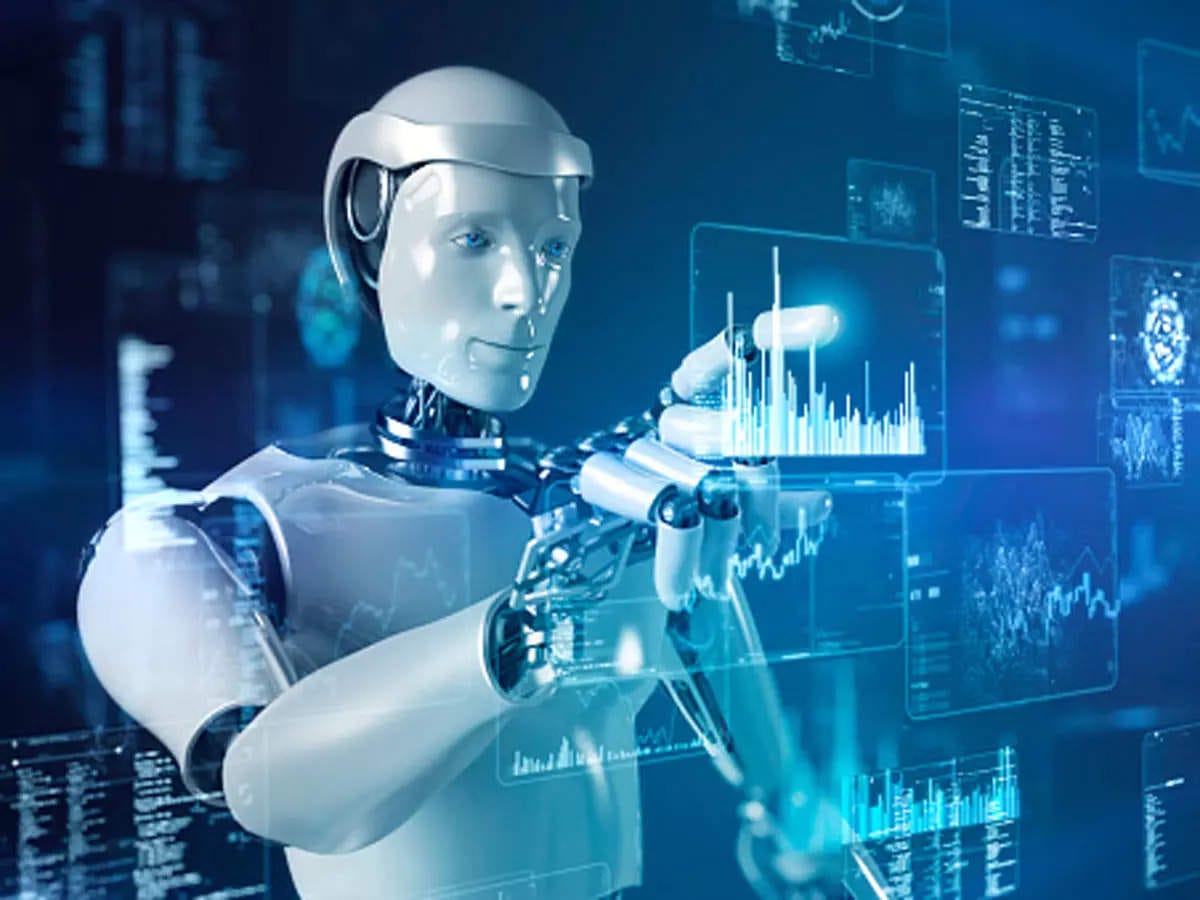
Artificial Intelligence (AI) is no longer a futuristic concept; it’s a vital technology that is transforming industries globally. From healthcare to finance, AI is streamlining processes and enhancing decision-making. At the heart of this transformation is AI training—the process that helps machines learn and improve their intelligence over time. This blog will guide you through the essentials of AI training, its techniques, and how to get started in this exciting field.
AI training refers to the process of teaching algorithms to make decisions, predict outcomes, or automate tasks based on data. This involves feeding vast amounts of structured and unstructured data into models, which in turn, learn patterns and generate insights. Through iterations and adjustments, AI models improve their performance.
Machine learning (ML) is the backbone of AI training. In ML, algorithms learn from data and continuously improve based on experience without explicit programming for each task. There are several approaches to ML, including:
Data is the fuel that powers AI. Quality and quantity of data significantly influence the performance of AI models. During training, the algorithm must be exposed to diverse, high-quality data sets that represent the scope of the problem it will be solving. Data preprocessing, cleaning, and normalization are essential steps to ensure that the models are not biased or prone to errors.
Several tools and platforms make AI training more accessible:
The future of AI training is promising. With the integration of techniques like transfer learning and federated learning, AI models are becoming more efficient and powerful. As more industries embrace AI, the demand for innovative training approaches will continue to grow.
Artificial Intelligence training is the foundation for developing smart, adaptable systems that can revolutionize industries. By understanding the techniques and tools involved, you can begin your journey into AI and contribute to its growing impact on the world.
 Top Web Development Company in Delhi NCR | Oprezo India
Top Web Development Company in Delhi NCR | Oprezo India
 Top Mobile App Development Company in Delhi NCR – Oprezo India
Top Mobile App Development Company in Delhi NCR – Oprezo India
 Top Backend Development Company in Delhi NCR | Oprezo India
Top Backend Development Company in Delhi NCR | Oprezo India
 React Native Mobile App Development India & Delhi | Oprezo India Solutions
React Native Mobile App Development India & Delhi | Oprezo India Solutions
 Best Satta Matka Game App Development in Ghaziabad & Gurugram | Oprezo
Best Satta Matka Game App Development in Ghaziabad & Gurugram | Oprezo